This post may include affiliate links.
If you make a purchase, I'll earn a small fee at no extra cost to you.
Earwigs, or pincher bugs, are a common garden pest that can wreak havoc on your plants. Luckily, it’s easy to learn how to get rid of earwigs naturally so your garden (and your family) stays safe.
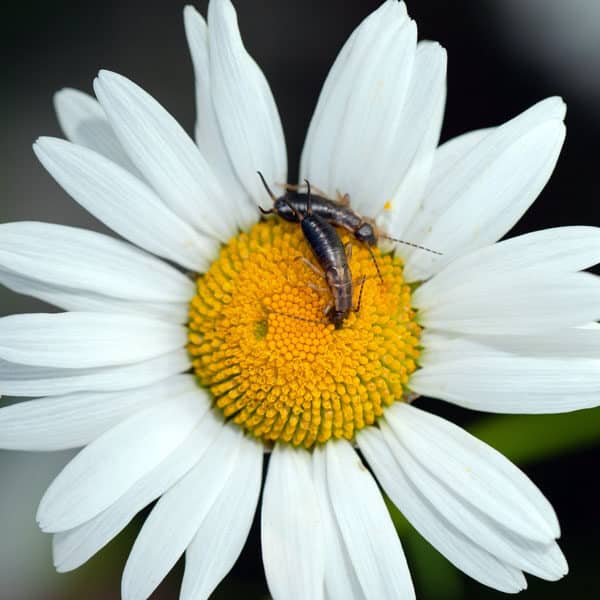
What are earwigs?
Earwigs are small, flat-bodied insects with unmistakable pinchers on their tail end. Also called pincher bugs, they’re dark brown in color and often found in cool, dark places–including garden debris, mulch, and leaves.
Earwigs aren’t really indoor pests and only tend to wander indoors occasionally. But they’re sometimes confused with silverfish, a similar flat-bodied bug that’s silver in color and usually found indoors.
What do earwigs eat?
Earwigs like to feast on decaying plant matter of all kinds, but will also target seedlings and leaves. This is what makes them a particular nuisance in the garden.
Some species of earwigs eat other small insects like aphids, but for the most part they’re all about vegetation. If you’re having trouble with aphids, here are some natural ways to eliminate them from your garden too.
Why are earwigs bad?
Contrary to the old superstition, earwigs will never crawl through your ear and burrow into your brain (whew!). However, these tiny pests can really do a number on your garden.
If you start noticing jagged, circular holes in the leaves of your garden plants, earwigs may be the culprit. If there are enough of them, they can do some serious damage to your plants and vegetables.
Note: Earwig damage can look similar to that of snails or slugs, but snails and slugs leave a telltale slime residue on leaves and on the ground.
How to Get Rid of Earwigs in the Garden
To get rid of earwigs in the garden, it can help to structure your garden in a way that discourages earwig populations. Then, you can use natural methods to get rid of existing pests.
(Speaking of pests: do you have trouble with cats getting into your garden? Here are 8 natural ways to keep them out.)
Get Rid of Damp, Dark Hiding Places
Earwigs are attracted to gardens because garden beds often include things like your compost pile or mulch on garden beds. Dark, damp areas are heaven for earwigs.
Ideally, you want to eliminate as many of these hiding places as possible. Try to at least put some distance between your garden and wood piles, ivy hedges, or compost piles.
Add a Dry Barrier
Of course, you can’t eliminate all damp, dark areas in a garden. This is where a dry barrier comes in! Earwigs can’t travel far in dry conditions.
By simply adding a small moat of sand or fine gravel around your garden, you can prevent future earwig infestations. I have decomposed granite around my raised beds, and this helps tremendously.
The Newspaper Trap
How can you get rid of earwigs already in the garden? Create a newspaper trap.
- Roll up a section of newspaper, dampen it slightly with a spray bottle of water, and leave it overnight in the garden.
- This will attract plenty of earwigs. In the morning, immerse the newspaper in soapy water to eliminate the pests.
- Repeat as needed.
The Tuna Can Trap
At the base of each infested plant, place an empty tuna can filled with soy sauce and vegetable oil. This will attract, trap, and kill any earwigs nearby.
Diatomaceous Earth (DE)
Diatomaceous earth is an all-natural, silica-based powder made from the fossilized remains of tiny creatures called diatoms. It’s a great earwig killer because once eaten, it causes them to dehydrate and die.
Sprinkle a ring of DE around the base of any infested plants. Remember to reapply after it rains. (DE is not highly effective in very wet climates.)
Diluted Alcohol Spray
Combine equal parts water and rubbing alcohol, then spray infested areas to get rid of earwigs. (Some plants don’t do well with this mixture, so test on a leaf first to make sure it’s safe.) You can also use ethyl alcohol or even vodka for this spray.
Earwigs can be such a nuisance, but now you’re armed with the tips you need to get rid of earwigs in the garden… the natural way.

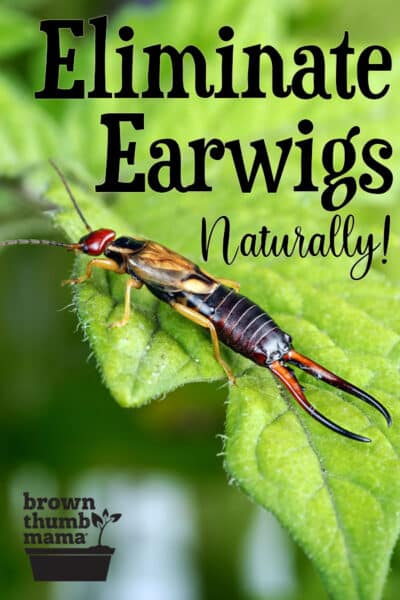
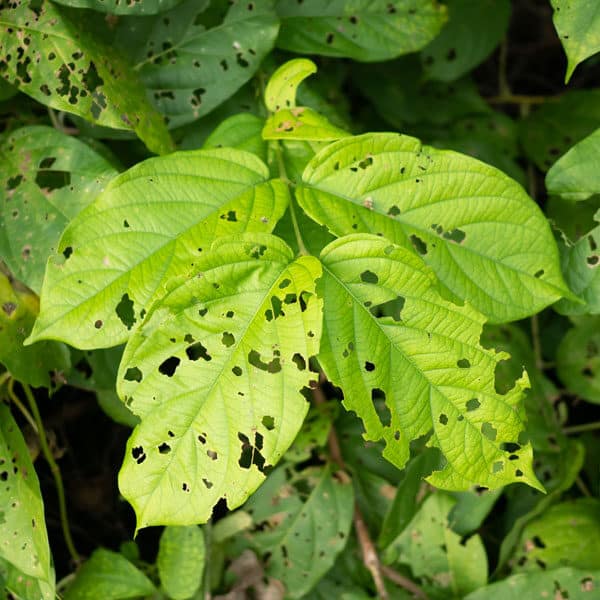
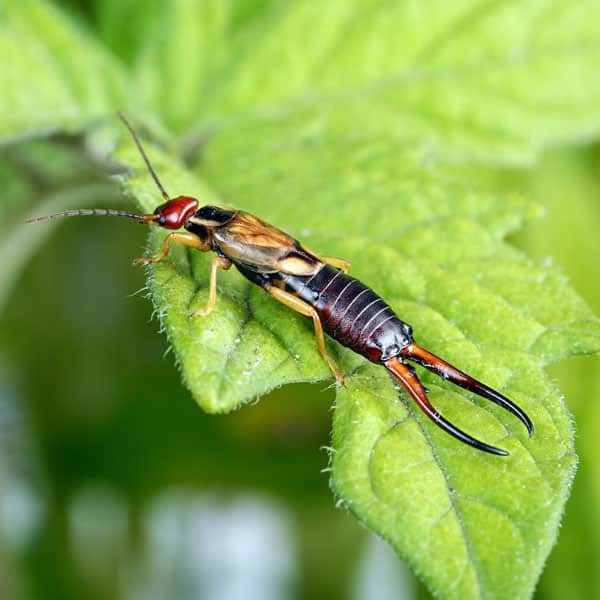
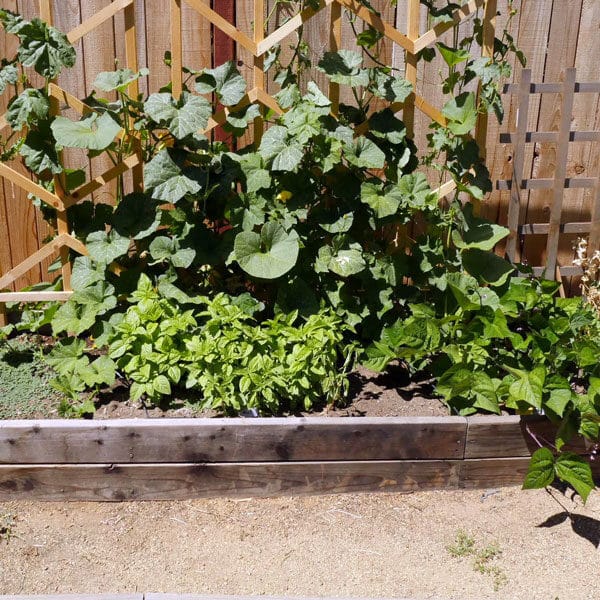
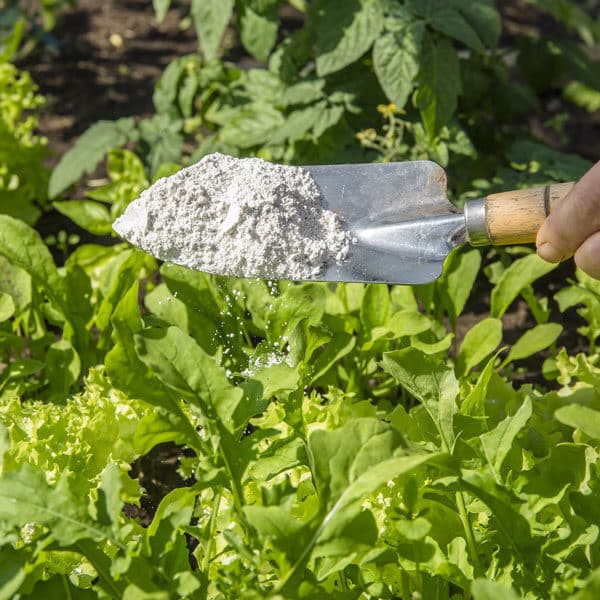
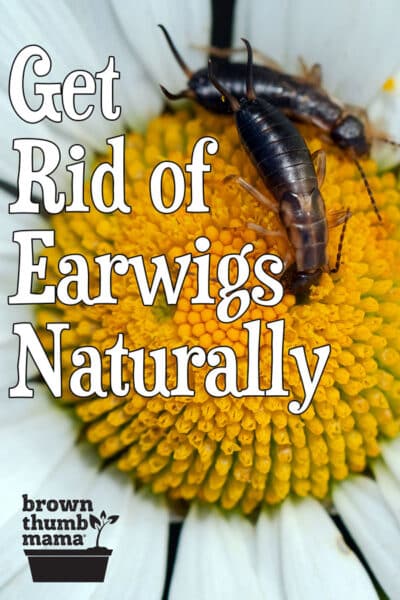



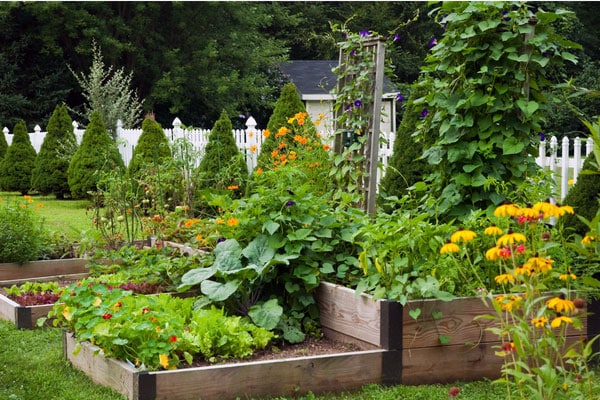
I had earwigs around my house and one year they actually decided to look for moisture IN my house. The only way we were able to get rid of them was by placing trays of vegetable oil around the outside of the house. I put them at each corner of the house outside and in a few spots along my split rail fence in the backyard. They love it, for some reason. I’d go out in the morning before letting the dogs out to get the trays and set the bugs in the sun to “crisp” and fed them to my chickens (who went NUTS for them).
Thanks so much for your information! I am determined to learn how to grow some of the vegetables that we consume on a regular basis! Specifically, romaine lettuce, tomatoes, bell peppers, broccoli, okra and green beans! Hope to also get my husband involved!